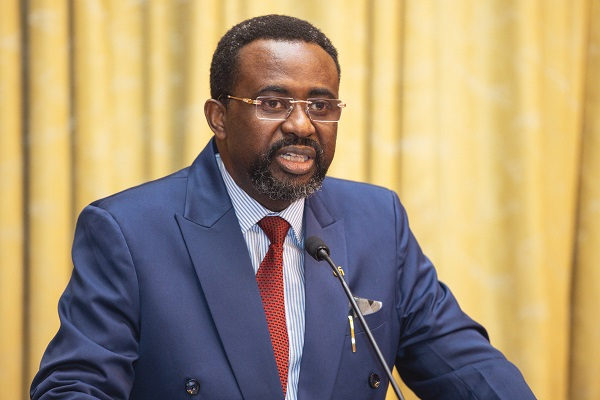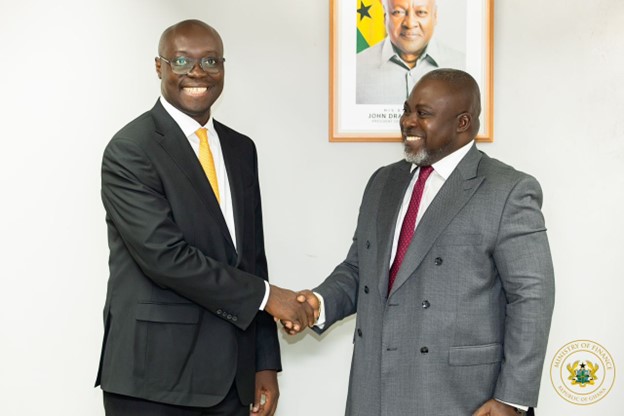The decision was not unanimous but reflected growing concerns over persistently high inflation.
Bank of Ghana Raises Policy Rate to 28% in March 2025, Signaling Hawkish Shift

At its meeting from March 25 to 28, 2025, the Bank of Ghana (BOG) surprised markets by increasing its monetary policy rate by 100 basis points, from 27% to 28%. This was the first rate hike since July 2023 and the first under the new Governor, Dr. Johnson Pandit Asiama. The decision was not unanimous but reflected growing concerns over persistently high inflation.
Summary:
- Policy rate raised by 100 bps to 28% in March 2025, first hike since July 2023.
- Inflation remains high at over 23%, driven by supply-side factors and fiscal challenges.
- BOG signals cautious approach, will reassess policy at May meeting.
- Additional liquidity management tools introduced.
- Analysts foresee possible rate cuts later in 2025 if inflation eases.
- Some experts question timing given recent inflation trends and economic conditions.
Inflation and Economic Context
The primary driver behind the rate hike was the “uncomfortably high” headline inflation, which remained above 23% in February 2025, well above the Bank’s 8% target range with a 6–10% tolerance band. Both food and non-food inflation components were significantly higher than expected, and core inflation stayed elevated. The Bank emphasized that inflation dynamics were partly fueled by supply-side shocks and fiscal and monetary policy challenges over the past year.
Despite these inflationary pressures, the BOG noted improved economic growth prospects and a relatively strong external sector outlook, even amid global uncertainties such as trade tensions and geopolitical risks.
Policy Stance and Forward Guidance
The Bank of Ghana’s statement did not provide explicit forward guidance but indicated it would monitor the effects of this increase before its next meeting scheduled for May 21–23, 2025. The MPC signaled readiness to reassess the policy stance, suggesting the possibility of gradual easing once inflation is firmly anchored.
To complement the rate hike, the BOG announced plans to introduce a 273-day instrument to enhance liquidity management, intensify monitoring of banks’ Net Open Positions, and review the Cash Reserve Ratio structure to support financial intermediation.
Expert Analysis and Outlook
Analysts from Oxford Economics highlighted the Bank’s commitment to taming inflation, suggesting further rate hikes could occur if inflation fails to moderate in the coming months. They forecast that if inflation declines sufficiently in the second half of 2025, the BOG might cut rates by 100 basis points in both Q3 and Q4 of the year, signaling a return to a more accommodative stance.
Market and Economic Impact
The rate hike aims to reinforce the ongoing disinflation process and stabilize inflation expectations. However, some observers, including the Institute of Public Policy and Accountability, argue the move might be premature given that inflation has shown marginal declines recently and that supply-side factors, rather than demand pressures, are the main inflation drivers. They caution that higher policy rates could increase borrowing costs, potentially burdening businesses and households.
Meanwhile, government borrowing costs showed some easing, with declines in yields on short-term treasury bills, and the Ghana Stock Exchange experienced a surge in traded value, reflecting increased market activity around the time of the policy announcement.

Subscribe to MDBrief
Clean insights, a bit of sarcasm, and zero boring headlines.









